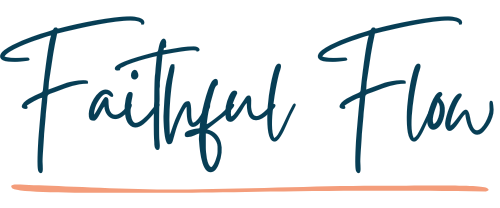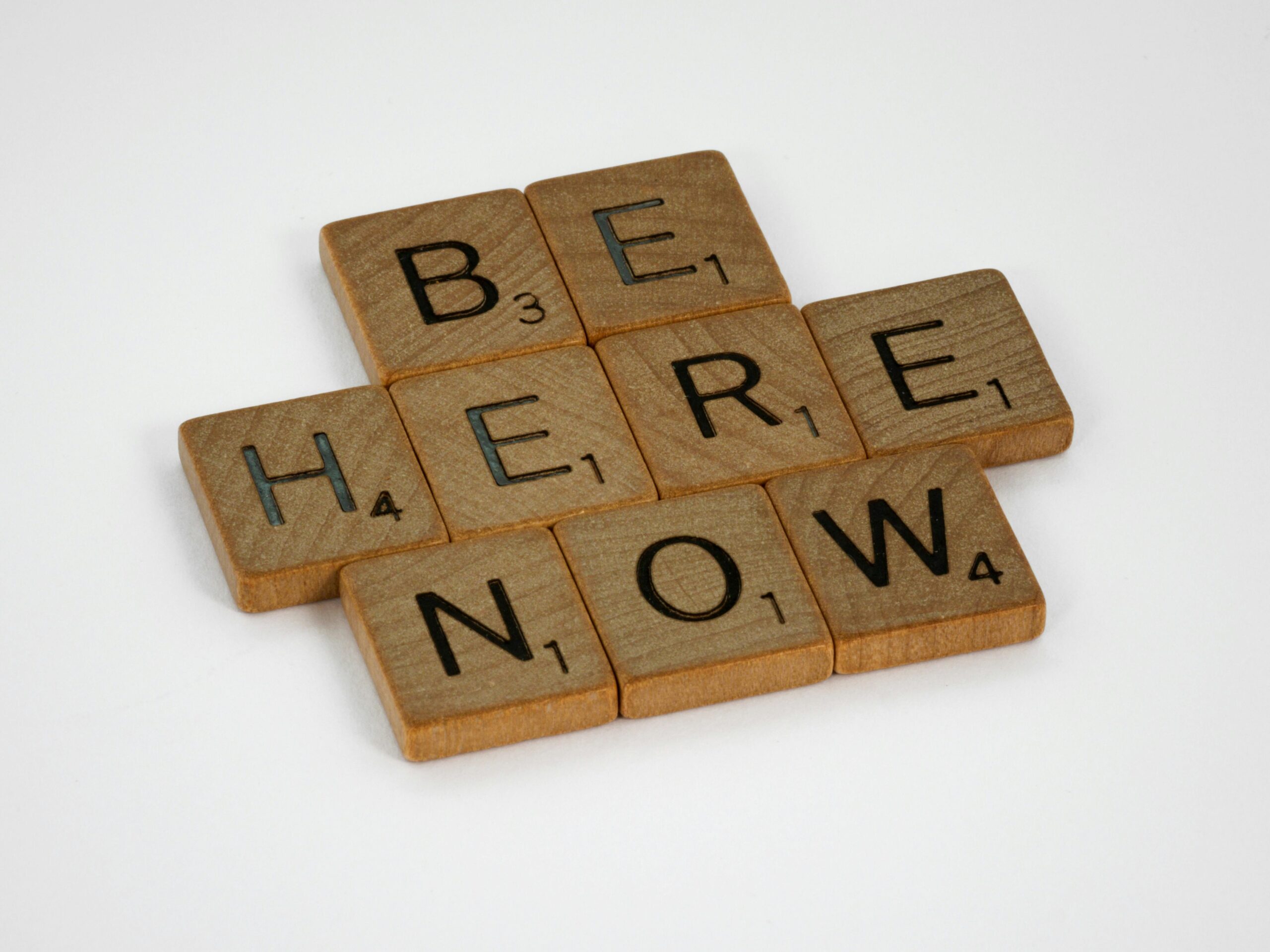In the hustle and bustle of our daily lives, time often slips away unnoticed. We find ourselves caught in a whirlwind of tasks, obligations, and distractions, leaving us wondering where our days went. But, where we spend our time ultimately reflects our priorities and values, and time mapping is a tool to help us find balance.
How we spend our days can reinforce or challenge the alignment between our actions and our professed beliefs. It sheds light on who or what holds the position of priority and influence in our lives. Reviewing how we spend our time can serve as a litmus test to reveal our actual commitments in life.
Suppose a significant portion of our day is dedicated to our professional pursuits. In that case, it speaks volumes about the importance we place on our careers. If our schedule is filled with quality time spent with loved ones, it underscores the significance of relationships. If we spend our evenings reading or learning, it echoes the value of personal growth. Suppose mindless scrolling or binge-watching shows consumes a substantial amount of time. In that case, it may reflect a tendency to prioritize instant gratification.
The reality is where and how we invest our time is a testament to our intrinsic values, revealing what truly matters to us. Examining the patterns of our daily routine allows us to discern our conscious priorities and those that might be subtly influencing our choices.
It’s easy to profess specific values, such as health or personal growth. But the proof lies in the pudding: how we distribute our time. Time mapping is a powerful tool to reveal how we spend our time and help us make adjustments to reflect our priorities.
The Current Situation
For your next week, keep track of how you spend time. You don’t have to be incredibly detailed; write a few words describing your completed activities. Include your activities from when you wake up until you head to bed.
You can go old school like me and use pen and paper or a digital tool to help if that’s your preference. However you take your notes, you want it to be easy to use and accessible; that way, you can keep up with it for a week.
I created this downloadable half-hour time tracker that helped me track and reflect on my activities.
Reflection
At the end of the week, look at how you spent your time. Reflect honestly on what it says about you. Consider these questions and add any others that are relevant to you:
-
-
- If a stranger looked at how I spent my time, what would they say my priorities are?
- Do I see a clear reflection of my values, priorities, or goals in how I spend my time?
- What main activities did I do with my free time?
- What activities were consistent with my core values?
- How satisfied am I with my balance between work, family, worship, self-development, fun, and rest?
- Which activities brought me the most joy and fulfillment?
- What were my primary time wasters and distractions?
- How can I minimize these distractions to make room for more meaningful activities?
- How does my time-map reflect the specific goals I’ve set for myself?
- Am I allocating enough time to activities that bring me joy and relaxation?
- How much time did I spend in prayer, worship, and devotion?
- How can I adapt my schedule moving forward?
-
It may be time for a recalibration if you consistently find yourself immersed in activities that don’t align with your stated priorities.
It may be time for a recalibration if you consistently find yourself immersed in activities that don’t align with your stated priorities. The point of this exercise isn’t to depress you but to help you honestly reflect on how you spend your time and give you an opportunity to change.
If you’re anything like me, this experience was eye-opening. I realized that if a stranger looked at my schedule, they would likely say that TV and social media were my most important priorities since those filled up so much of my discretionary time. Yikes!
Time Mapping Your Week
Once you’ve reflected on how you usually spend your time and what changes you want to make, set up a time map for your next week. Begin by filling in your schedule’s fixed elements – work hours, commute time, school, family and child responsibilities, and other essential commitments.
Once those are in place, take a closer look at your discretionary time. Fill those spots in with how you want to spend your time in a way that reflects your values—things like family, rest, worship, hobbies, socializing, exercise, etc. Be honest with what you can accomplish, yet detailed about how and when you plan to do them. Phases in life can make a huge difference here. If you have young children, your free time is likely extremely limited. If you’re retired, you may have too much of it.
It’s ok to leave some open spots for spontaneous activities. Identifying what items can be swapped around as needed might be helpful due to changing life circumstances. The goal here is not to plan out every second of every day. Rather, to give you a general outline to ensure you stay focused on the things that bring meaning and fulfillment to your life. It’s about priorities, not productivity.
Setting Boundaries
One common challenge in time management is the difficulty of saying ‘no.’ Setting boundaries is crucial if certain activities or commitments consistently drain your time without adding value to your life. Learn to prioritize and politely decline invitations or tasks that do not align with your goals. This creates space for the activities that truly matter to you.
Setting boundaries is crucial if certain activities or commitments consistently drain your time without adding value to your life.
Time Blocking
Consider implementing time blocking—a technique where you allocate specific blocks of time to different activities. This strategy helps prevent multitasking, reduces procrastination, and ensures that each aspect of your life receives the attention it deserves. Create dedicated blocks for work, family, worship, rest, and leisure, and stick to them as much as possible.
Regular Reflection
Time mapping is not a one-time task but an ongoing practice requiring regular reflection and adjustment. Schedule weekly or monthly check-ins to evaluate your time map. Are you staying true to your priorities? Have new commitments arisen that require reconsideration of your schedule? Adjustments are part of the process, so be flexible and willing to adapt.
Here’s a downloadable planner with time blocking to help you plan your week. Use it as is, or adjust it to fit your needs.
It’s not as much about getting the most out of or managing our time as it is about managing ourselves. It’s an opportunity to manage our commitments and attention.
Time mapping is a tool that empowers you to take control of your life and live in alignment with your values. By candidly reflecting and understanding where our time goes, we gain insight to help us make adjustments and intentional choices toward a more purposeful and fulfilling life. Remember, your time is a precious resource—use it wisely.
Tonya is a 500hr RYT based in Coastal Mississippi. She loves that she gets to share the joy and healing that yoga brought to her life. In addition to teaching yoga, she flips houses with her husband. Tonya is a travel enthusiast who loves the outdoors and adventure. You'll find her at the local beach, volunteering at the animal shelter, and playing with her forever and foster dogs.







0 Comments